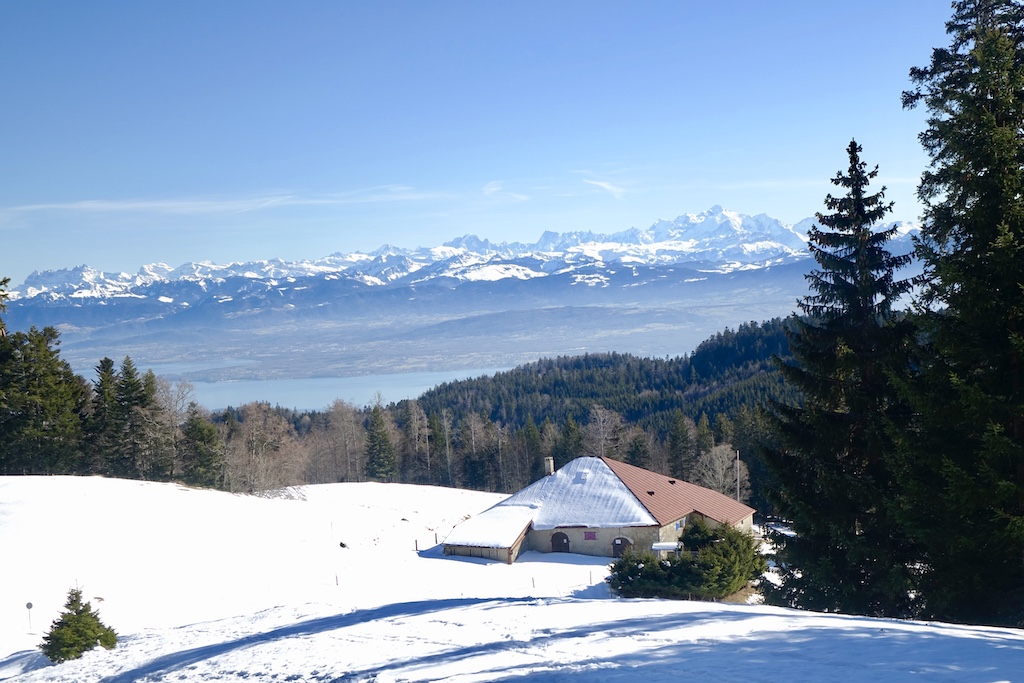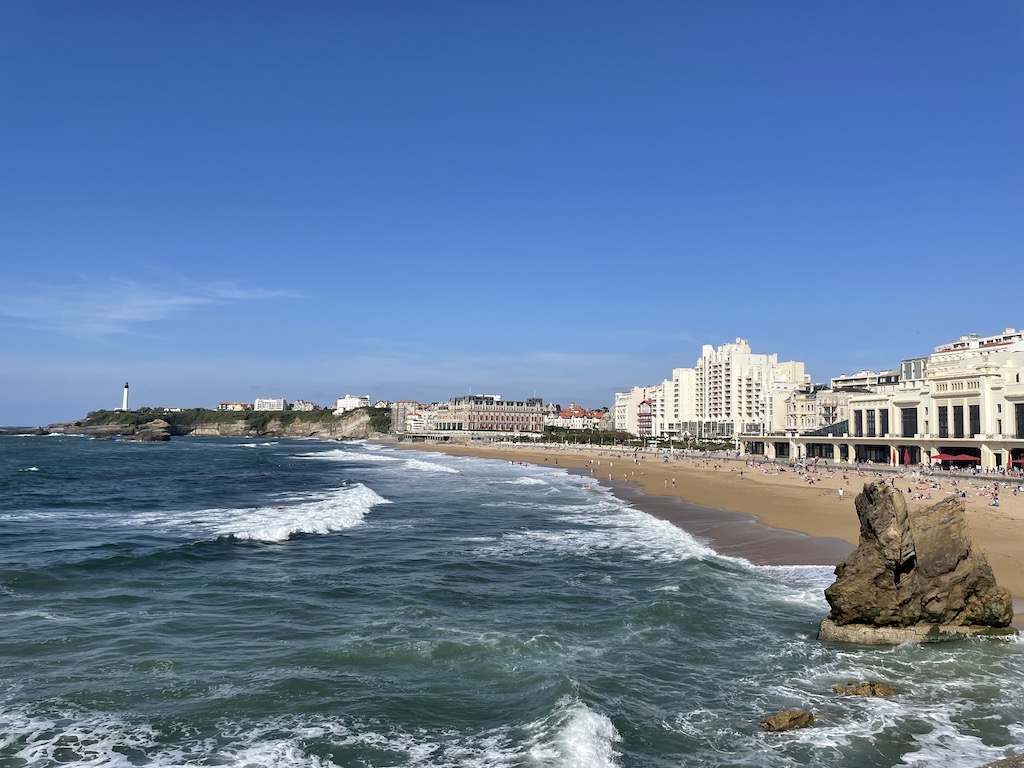
Biarritz Grande Plage
After living in Paris for years, I was well traveled to most parts of France, but I’d never set foot in her southwest, Biarritz topped my bucket list. Perched on the Atlantic cliff side near the Spanish border in the Basque Region, settlements around the city date back to prehistoric times. The Vikings invaded Gascony in 840 and created the first real village.
Economically dependent on the fishing trade, Biarritz was known for whaling from the 12th century. Napoleon III and his Spanish born wife, Eugenie, turned Biarritz into a popular seaside spot when they came for holidays starting in the mid 19th century.
Today, the ritzy coastal resort, with its elegant villas and epic Grand Palace glitter in Belle Epoque style, juxtaposes with the summer surfers crowd in their beach bum attire.
In the 1950’s, Biarritz became known as Europe’s surf capitol. Since then the city thrives on high tide when surfers from across the continent flock to the sea to ride the waves.

Fishing port
In the past, popular for its casinos, boutiques, bars, restaurants and golf courses, which catered to the rich, the surf community has now also invaded the coastline of Biarritz. Tucked along streets of early 1900s mansions, surfers live out of 60s style vans, cooking meals on electric coals set on the stone seawall, waiting for the water to rise and race to the sea.
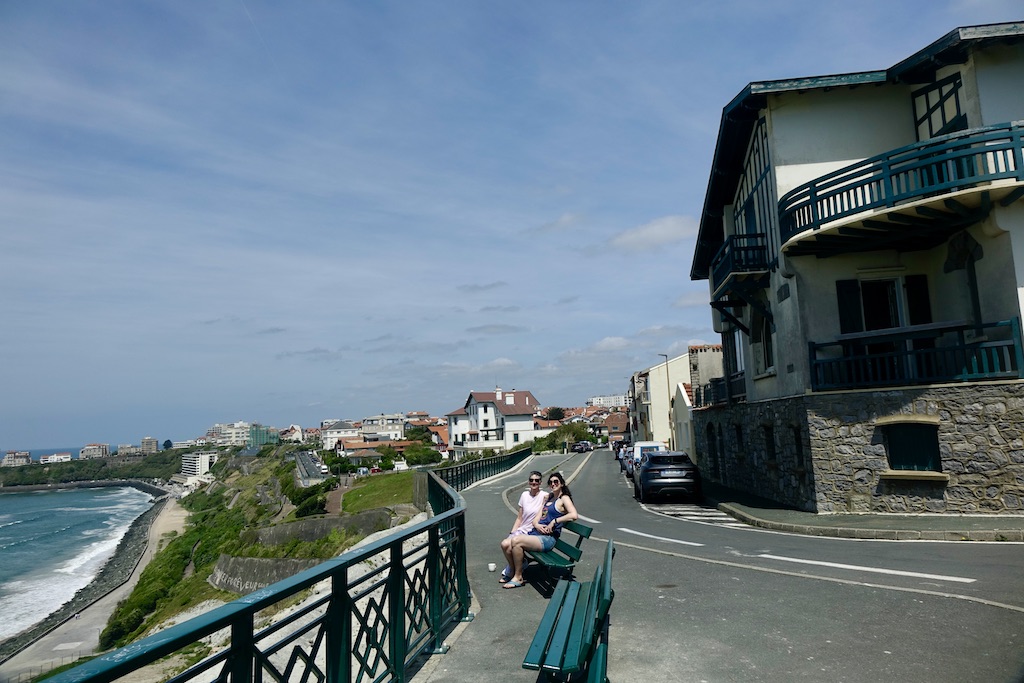
overlooking La Côte des Basques
We rented an Airbnb apartment on the cliff-side above the Bay of Biscay and savored the panoramic view of the beach, the bay and the surfers that looked like shark fins from a distance.
As we meandered down narrow, winding streets that opened to La Cote Des Basques’ stunning overlook, we passed lithe surfers with boards slung under their arms or attached to their bikes. With their stereotypical trim builds and dreadlocks, wearing a dress-like coverups over their swim trunks, they were always ready to peel into wet-suits and hustle to the beach in time to hit high tide.
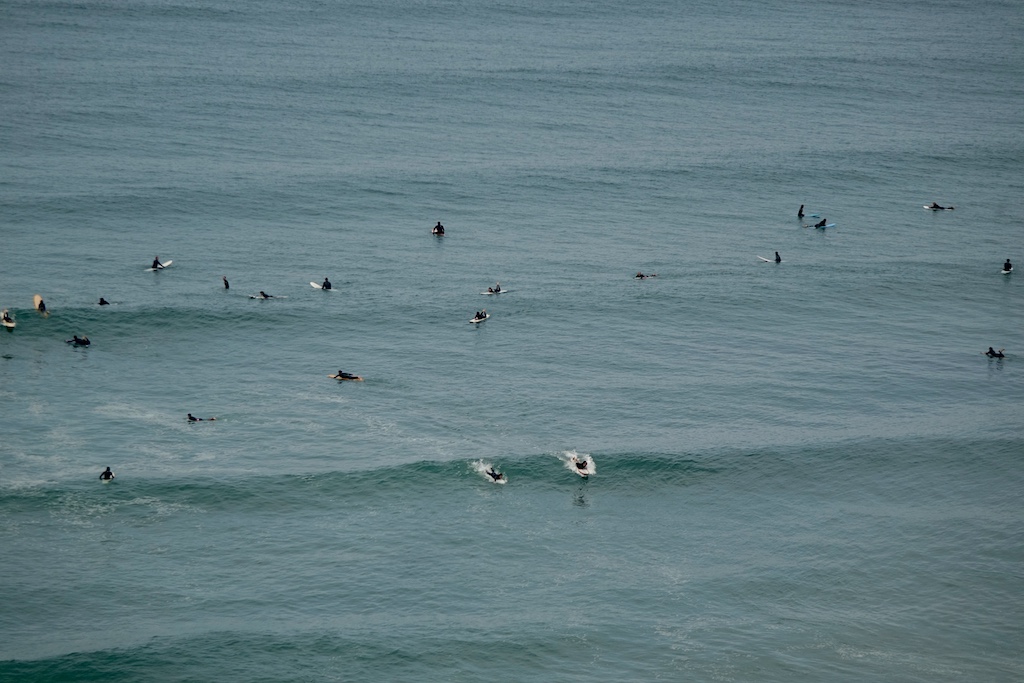
How they managed to ride the waves in winds so ferocious amazed me. I was knocked off my feet just wading along the beach.
 All the outdoor exercise whet our appetites, and there was no end to eateries along the coast and in the village.
All the outdoor exercise whet our appetites, and there was no end to eateries along the coast and in the village.
My husband, born on the coast of Normandy, adored the seafood platter including 5 different fish and prawns, mussels and clams in a saffron sauce served with a tasty, fruity local red wine. Food in the Basque Country is an explosion of flavors filled with spices from the inland.
Most eateries are a lively, colorful, warm reflection of the Basque people.
Biarritz's spectacular sea scenes combined with her succulent cuisine and welcoming ambiance will entice visitors to return.


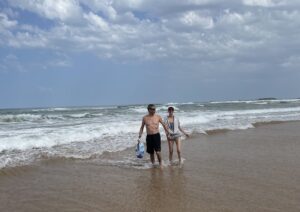


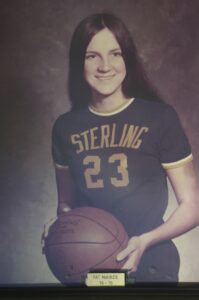 Many Sterlingites moved away from town, but like me still bleed blue and gold. Like a tattoo, our Sterling High School days remain ingrained in our hearts.
Many Sterlingites moved away from town, but like me still bleed blue and gold. Like a tattoo, our Sterling High School days remain ingrained in our hearts.

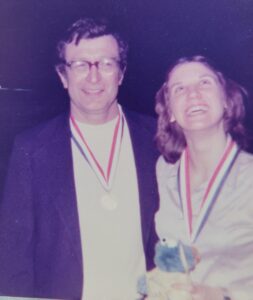

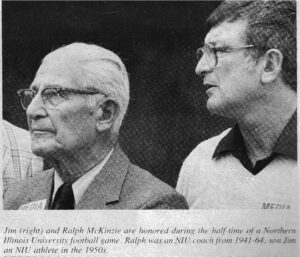


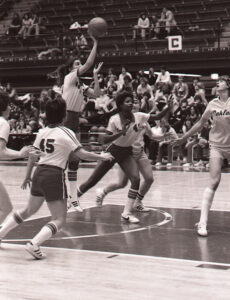

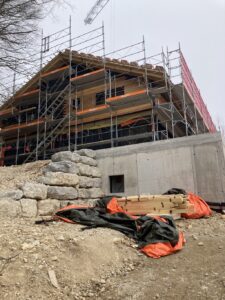
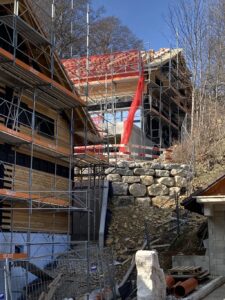 Doom foreshadowed our endeavor from the get go. Three triplex homes were to be built on the side of a mountain. Ours was the first home scheduled to be finished.
Doom foreshadowed our endeavor from the get go. Three triplex homes were to be built on the side of a mountain. Ours was the first home scheduled to be finished.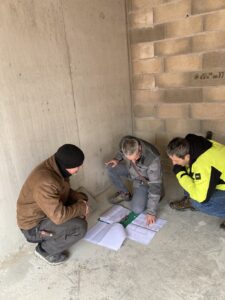
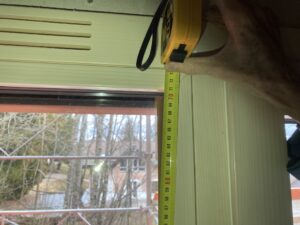
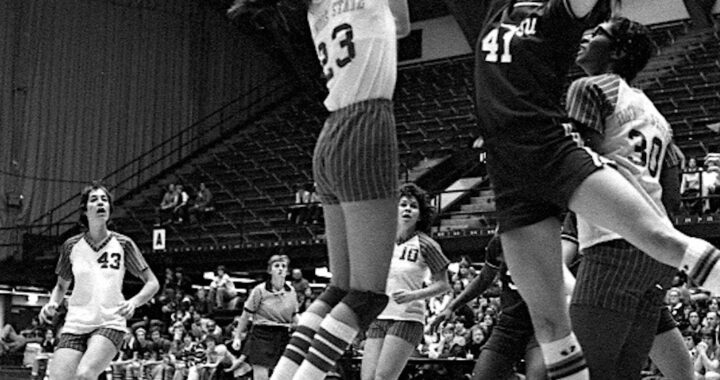
 A few years ago, a coaching buddy, my son’s former club coach, asked me to work with his teenaged son to fix what he calls, “ Ugliest shot ever seen.”
A few years ago, a coaching buddy, my son’s former club coach, asked me to work with his teenaged son to fix what he calls, “ Ugliest shot ever seen.”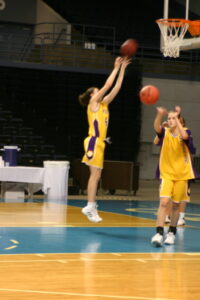 Call me Old School, but fundamentals still matter especially when learning a new skill. I developed my shooting prowess because I learned the basics early on from Coach Dad, who passed down the protocol from his dad, Coach Mac.
Call me Old School, but fundamentals still matter especially when learning a new skill. I developed my shooting prowess because I learned the basics early on from Coach Dad, who passed down the protocol from his dad, Coach Mac.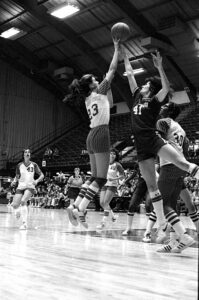 I perfected my shooting form during endless practice until “eyes on the rim, elbow in, feet squared, body balanced, right foot forward, knees bent, wrist cocked, follow through” became branded into my muscle memory.
I perfected my shooting form during endless practice until “eyes on the rim, elbow in, feet squared, body balanced, right foot forward, knees bent, wrist cocked, follow through” became branded into my muscle memory.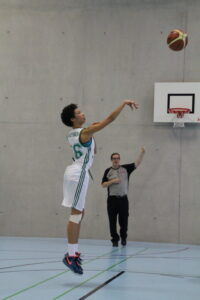 Hum a song. Get a rhythm.
Hum a song. Get a rhythm.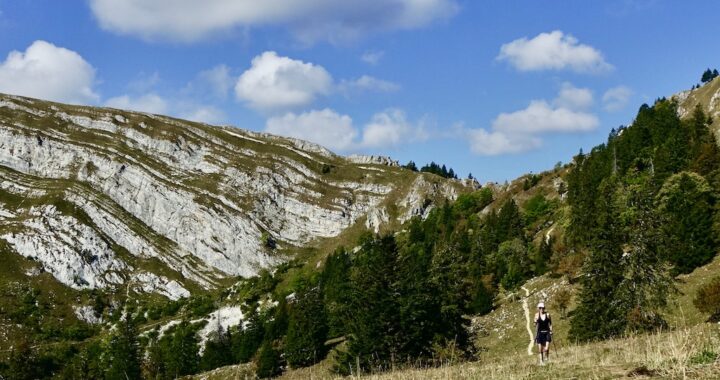
 “The natural writer is the one who is always writing; if only in his head-sizing up a situation for material, collecting impressions.”
“The natural writer is the one who is always writing; if only in his head-sizing up a situation for material, collecting impressions.”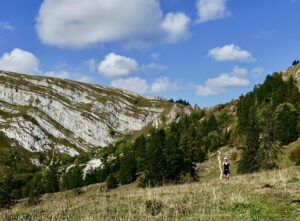 Looking back at my career, one reason I loved the game of basketball was because the fast pace and concentration needed to play prevented this dual existence. There was no time be an observer and participant. On the court, I had to be 100% engaged. The game demanded total focus of mind and body.
Looking back at my career, one reason I loved the game of basketball was because the fast pace and concentration needed to play prevented this dual existence. There was no time be an observer and participant. On the court, I had to be 100% engaged. The game demanded total focus of mind and body.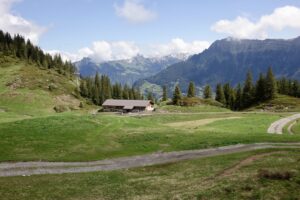 I am torn between the different cultural, geographical and the physical worlds of Switzerland, France and the USA, and also from the emotional, imaginary one of living life and recording it simultaneously.
I am torn between the different cultural, geographical and the physical worlds of Switzerland, France and the USA, and also from the emotional, imaginary one of living life and recording it simultaneously.

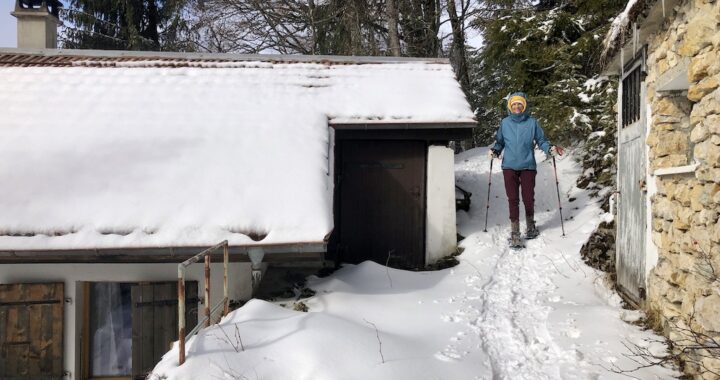
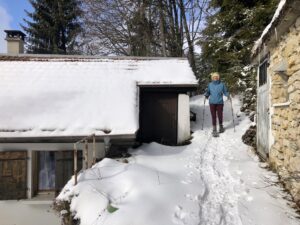 If you can walk, you can snowshoe. Sure! Snowshoeing in the Swiss Mountains makes me feel like Donald Duck waddling on the side of an iceberg in webbed feet.
If you can walk, you can snowshoe. Sure! Snowshoeing in the Swiss Mountains makes me feel like Donald Duck waddling on the side of an iceberg in webbed feet.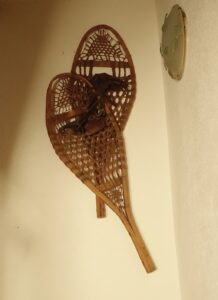 Though snowshoeing was invented in 6000BC, it was a brand new sport for me. In the old days, people made their own snowshoes - wooden-framed, rawhide-latticed wooden rackets with leather straps. I thought snowshoeing would be as simple as strapping a tennis racket to your shoe and heading out the door.
Though snowshoeing was invented in 6000BC, it was a brand new sport for me. In the old days, people made their own snowshoes - wooden-framed, rawhide-latticed wooden rackets with leather straps. I thought snowshoeing would be as simple as strapping a tennis racket to your shoe and heading out the door.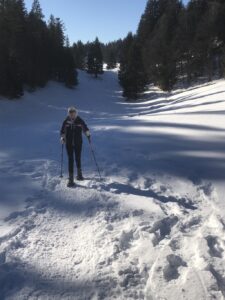 Alas, the snowshoe allows only one directional forward movement. To turn right or left or at a 180 degree angle requires the dexterity of an elite gymnast.
Alas, the snowshoe allows only one directional forward movement. To turn right or left or at a 180 degree angle requires the dexterity of an elite gymnast.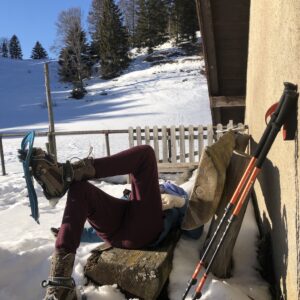 My ever patient hubby, an avid skier, encourages me to execute a "kick turn" similar to the one employed on skis.
My ever patient hubby, an avid skier, encourages me to execute a "kick turn" similar to the one employed on skis.